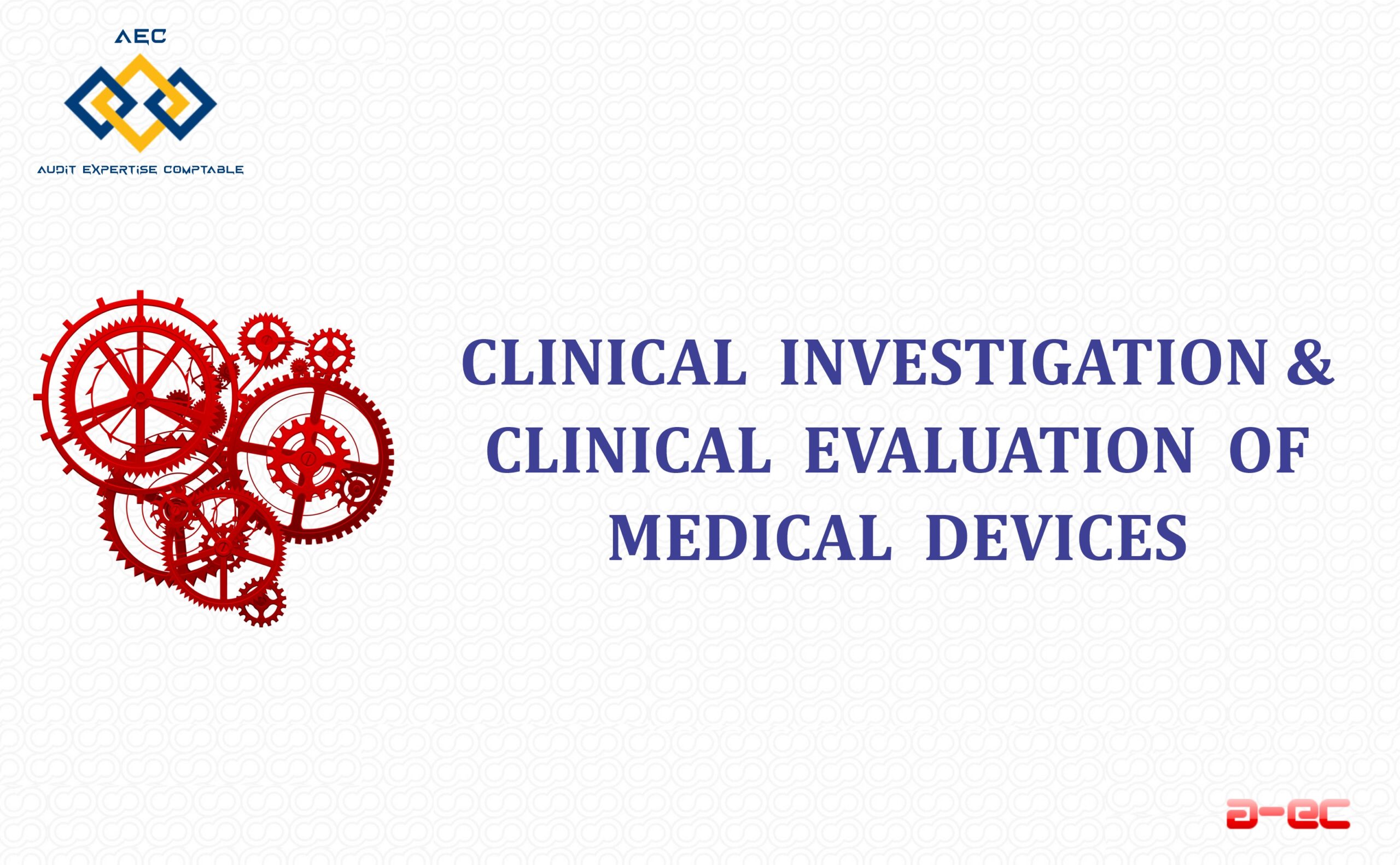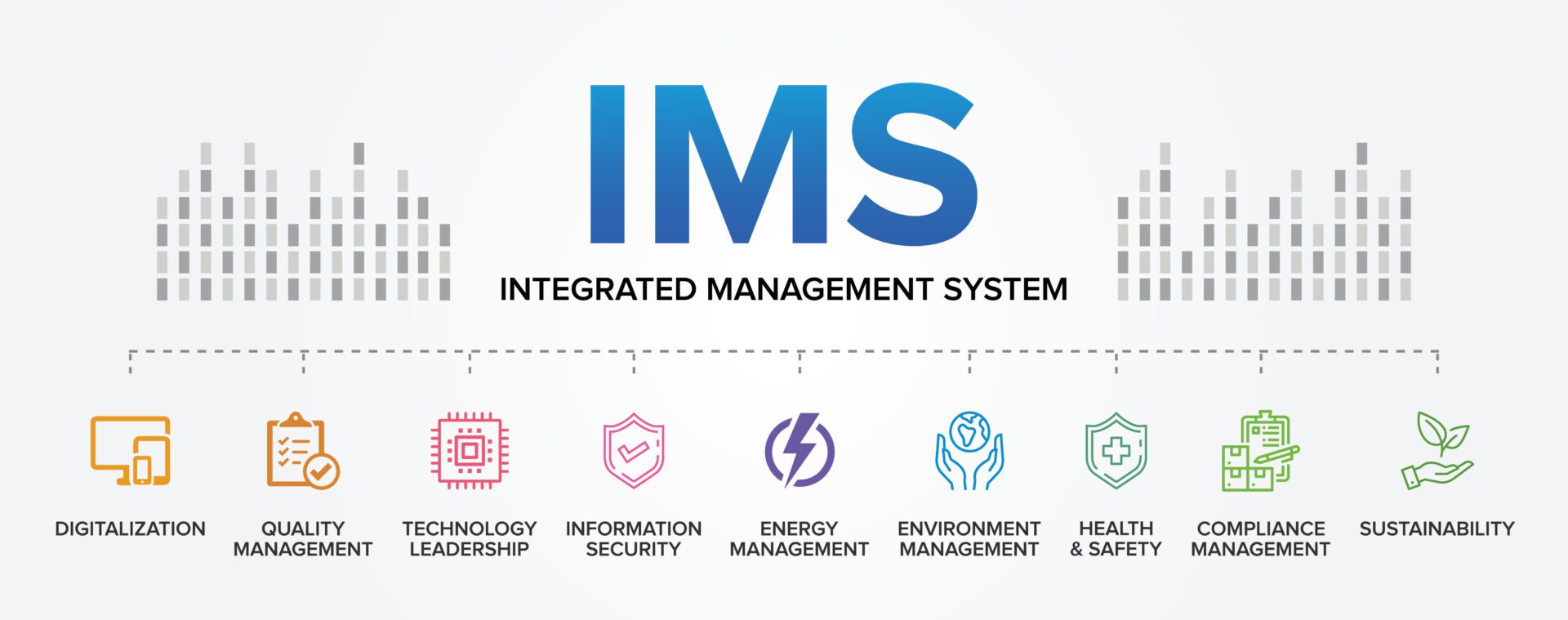Clinical investigations for medical devices
Clinical trials using medical devices are called clinical investigations, and the purpose of a clinical investigation is to answer important scientific questions. It must follow strict scientific standards (such as the ISO 14155 standard) which can protect patients and produce reliable scientific results. The clinical investigation is one of the final steps of a long and often quite tedious research and development process and it is carried out to assess what works and what does not work as a treatment for humans.
Before diving in, it is important to note that according to the ISO 14155 standard, the term clinical investigation is synonymous with terms clinical trial and clinical study, and they can be used interchangeably.

The ISO 14155 standard defines a clinical investigation as any systematic investigation involving one or more human subjects, undertaken to assess the clinical performance, effectiveness or safety of a medical device.
The purposes of a clinical investigation
One of the purposes of a clinical investigation could be to establish and verify clinical safety, meaning to understand how to prevent and reduce risks, errors and harm that can happen to patients and personnel, such as doctors and nurses. The cornerstone of all clinical research is to provide a continuous improvement of treatment methods based on the understanding and learning from errors and adverse events detected.
Furthermore, the purpose of a clinical investigation can also be to establish and verify the performance of a device. This means checking the ability (or capability) of a device to perform as planned. This is done by looking at the technical, functional, or even diagnostic characteristics of the device. It needs to be verified whether it enables the manufacturer to achieve the intended purpose of the device and that it will lead to clinical benefits for patients.
Another purpose is to establish and verify clinical benefits, which is in its essence looking at the positive impact a device can have on the health of an individual. It is expressed in terms of a meaningful and measurable patient-focused outcome.
- And finally, in the setting of a clinical investigation, side effects play a special role. One of the goals of a clinical investigation can be to gather additional information on the known side effects and to identify previously unknown side effects.
The overall purpose of a clinical investigation can be summed up to say that it is meant to translate scientifically tested innovations into clinical practice to provide patients with new (or improved) treatments.
Clinical investigation vs. clinical evaluation
An important fact should be understood, which is that clinical investigation is not the same and should not be confused with the term clinical evaluation. It is fairly easy to make a mistake or even use the terms interchangeably, but the difference should be known, to be able to speak about one thing or the other.

The difference lies in the definitions: a clinical investigation is a new study using a medical device in patients to demonstrate the safety and performance of that medical device in human subjects, while a clinical evaluation is a theoretical and scientific assessment and appraisal of existing data from many different sources of clinical data, which means that human subjects are not directly involved.
The definition of clinical evaluation is found in the European Medical Device Regulation, the MDR:
[it] means as a systematic and planned process to continuously generate, collect, analyse and assess the clinical data pertaining to a device in order to verify the safety and performance of the device including clinical benefits of the device when used as intended by the manufacturer.
MDR, Article 2 (44)
It should be noted that the definitions of clinical evaluation according to the MDR, the ISO 13485 standard and the MEDDEV guidance document on clinical evaluations are not identical, and this is something to pay attention to.
Clinical evaluation
Clinical evaluation is the theoretical assessment that should start during, or even before, a new product is developed because before one can even start thinking about a clinical investigation, a scientist or a clinician would search relevant literature related to the product and indication. This is not a one-time project; it is a process that assesses and analyses all the clinical data of the device.
Searching for the relevant literature normally takes a lot of time, and it can include hundreds of articles that need to be reviewed, analysed, appraised and summarised in a report that is called a clinical evaluation report. This report can be quite comprehensive and can end up being a hundred pages long depending on the type of product. The clinical evaluation report should be updated during the whole lifetime of the product. So essentially, the purpose of clinical evaluations is to determine whether a medical device:
- Achieves its intended purpose
- Is safe
- Its benefits outweigh the risks
- It is state-of-the-art
- Has any equivalent devices for comparison.
To sum up, both clinical investigation and clinical evaluation are important in the medical device world. They are, however, very different even though they sound similar, and it is of utmost importance to know the difference well. Finally, the clinical evaluation process has a much broader purpose than a clinical investigation.
Would you like to know more about Clinical Investigation?
Take a look at our online Clinical Investigation for Medical Devices and ISO 14155 course that focuses on good clinical practice (GCP) for the design, conduct, recording, and reporting of clinical investigations carried out on human subjects to assess the clinical performance or effectiveness and safety of medical devices.
The course covers an orientation of the clinical investigation process according to the EN ISO 14155:2020 standard and the standard’s relation to MDCG guidance documents. This practical course is suitable for anyone working in clinical research and medical device development, such as regulatory affairs associates, QA engineers, and clinical research specialists.





